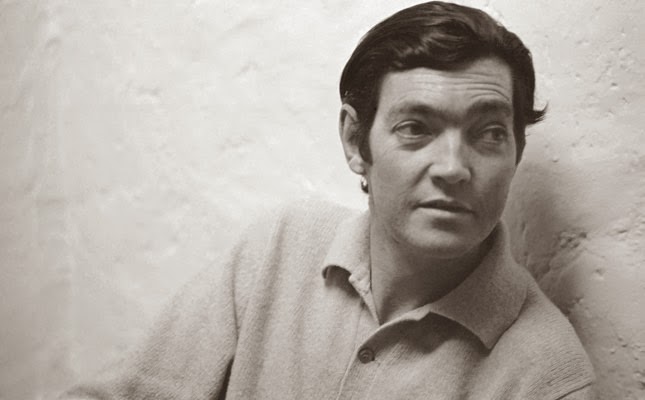
But Peron’s rise to power led him to give up his place in 1946 and move back to Buenos Aires, where he would be part of the capital’s literary circle until his voluntary exile to Paris in 1951.īefore leaving for Paris, though, Cortázar published Bestiario, a fascinating collection of eight mysterious, macabre and often paranoid short stories masterfully crafted with full control of structural notions and specifically designed to leave the reader hanging until the final line from a cliff that isn’t necessarily bridged by the end of the stories or even the entire collection. Cortázar qualified as a teacher at the age of 18 and spent the next 10 years teaching in schools in the countryside around Buenos Aires before taking a position as a university lecturer in Mendoza in 1944. Brussels in 1914, however, was not the ideal location to raise a child, so his parents made arrangements to escape the war and move to Switzerland, first, before reaching Barcelona and, finally in 1919, Buenos Aires. Traditionally considered an Argentinean writer, Cortázar curiously was born in Brussels and died in Paris-this fact alone serves almost as an allegory of the author’s itinerant life, of his “journey”, not quite full circle, and as an explanation-or just an excuse-for his transnational appeal.




One of the most renowned writers of the XX century, one of the most revered in the Hispanic world, one of the protagonists of the tremendously popular phenomenon that was the Latin American boom, and the subject of innumerable tributes in 2014, which happens to be both the thirtieth anniversary of his death (February 12, 1984) and the hundredth of his birth (August 26, 1914). Eni gmatic-that is the word with which, after much deliberation, I would describe Julio Cortázar.


 0 kommentar(er)
0 kommentar(er)
